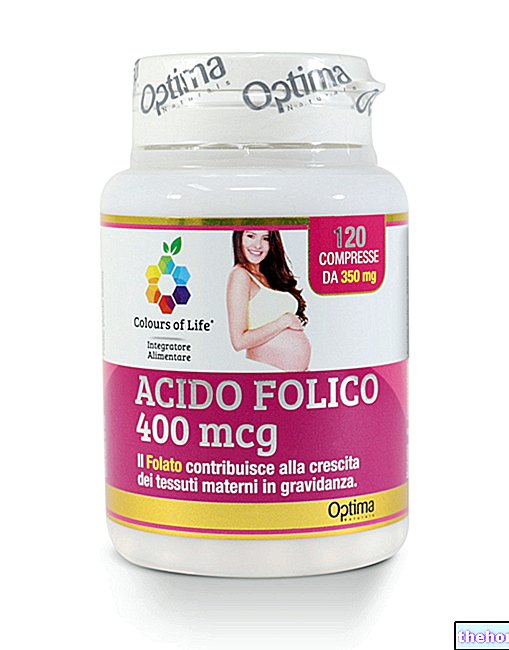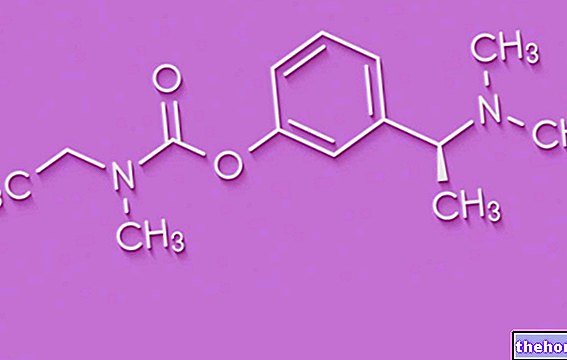
Characteristics of the medicine
INVANZ is a bottle containing a white powder that is dissolved before use to make up a solution for infusion (drip into a vein). INVANZ contains the active substance ertapenem.
Therapeutic indications
INVANZ is an antibiotic used in the treatment of infections such as abdominal infections, community acquired pneumonia (the term "community acquired" [CAP] means that the infection was acquired outside the hospital), gynecological infections, foot infections in diabetic patients INVANZ can be used in adults and children (from 3 months of age).
INVANZ is prescribed when the antibiotic is likely to be able to neutralize the bacteria responsible for infections. Before using INVANZ, your doctor should consult any official guidance on the correct use of antibiotics.
The medicine can only be obtained with a prescription.
How to use
In adults and adolescents the dosage of INVANZ is 1 gram administered once daily. In children (aged 3 months to 12 years) the medicine is given twice a day and the dosage changes according to the child's weight (15 mg / kg body weight). The infusion should be done over 30 minutes. INVANZ therapy lasts from 3 to 14 days, depending on the type and severity of the infection. If your condition improves, you can switch to an oral antibiotic. INVANZ cannot be used in patients with severe kidney problems, including this. patients on dialysis.
Mechanisms of action
The active ingredient in INVANZ, ertapenem, is an antibiotic belonging to the group of so-called “carbapenems.” It works by binding to certain proteins present on the surface of bacterial cells, thereby interfering with the vital functions of the cells and neutralizing the bacteria. The list of bacteria against which INVANZ is active is given in the summary of product characteristics.
Studies carried out
The effects of INVANZ were first tested in experimental models before being studied in humans.
The use of INVANZ in the treatment of infections in adults was compared with that of other antibiotics: that is, it was compared with ceftriaxone in community acquired pneumonia (866 patients) and urinary tract infections (592 patients) and with a combination of piperacillin and tazobactam in abdominal infections (655 patients), gynecological (412 patients) and skin and soft tissue infections (skin and tissue infections immediately beneath the skin: 540 patients; diabetic foot infections: 576 patients). studies in children involved the same type of infections and the medicines used for comparison were ceftriaxone (CAP: 389 children) and ticarcillin / clavulanate (intra-abdominal infections: 105 children). The purpose of the studies was generally to examine whether the infection was resolved in the days following treatment (cure test: 7 to 28 days after treatment, depending on the type of infection).
Benefits found following the studies
INVANZ was as effective as ceftriaxone or piperacillin / tazobactam in abdominal infections, community-acquired pneumonia, gynecological infections and diabetic foot infections: that is, the same cure rates were obtained with both INVANZ and the drug used. for comparison (between 87% and 94% for INVANZ versus 83-92% for comparator drugs). However, the data presented were not sufficient to justify the use of INVANZ in the treatment of urinary tract infections and infections of the skin and soft tissues, with the exception of diabetic foot ulcers. In children, the efficacy of the medicine was comparable to that of the comparator medicines and the efficacy observed in adults.
Associated Risks
The main side effects of INVANZ (seen in 1 to 10 out of 100 patients) are headache, diarrhea, nausea, vomiting, erythema (including diaper rash in children), itching and discomfort (including pain) at the injection site of the medicinal. INVANZ also affects the results of some blood tests. For the full list of side effects reported with INVANZ, see the Package Leaflet.
INVANZ should not be given to people who are hypersensitive (allergic) to ertapenem or any of the ingredients, or to other antibiotics of the same group (carbapenems). Use should also be avoided in patients severely allergic to other types of antibiotics such as penicillins or cephalosporins.
Reasons for approval
The Committee for Medicinal Products for Human Use (CHMP) concluded that INVANZ has been shown (despite the limited number of serious cases treated during the trials) to be effective in the treatment of abdominal infections, community acquired pneumonia, gynecological infections and diabetic foot infections. The CHMP also concluded that the medicine is effective in children. The CHMP decided that INVANZ's benefits are greater than its risks and therefore recommended that it be given a Marketing Authorization for this medicine.
Further information
On April 18, 2002, the European Commission granted Merck Sharp & Dohme Limited a "Marketing Authorization" for INVANZ valid throughout the European Union.
The full version of the EPAR is available here.
Last update of this summary: March 2006
The information on INVANZ - ertapenem published on this page may be out of date or incomplete. For a correct use of this information, see the Disclaimer and useful information page.




























